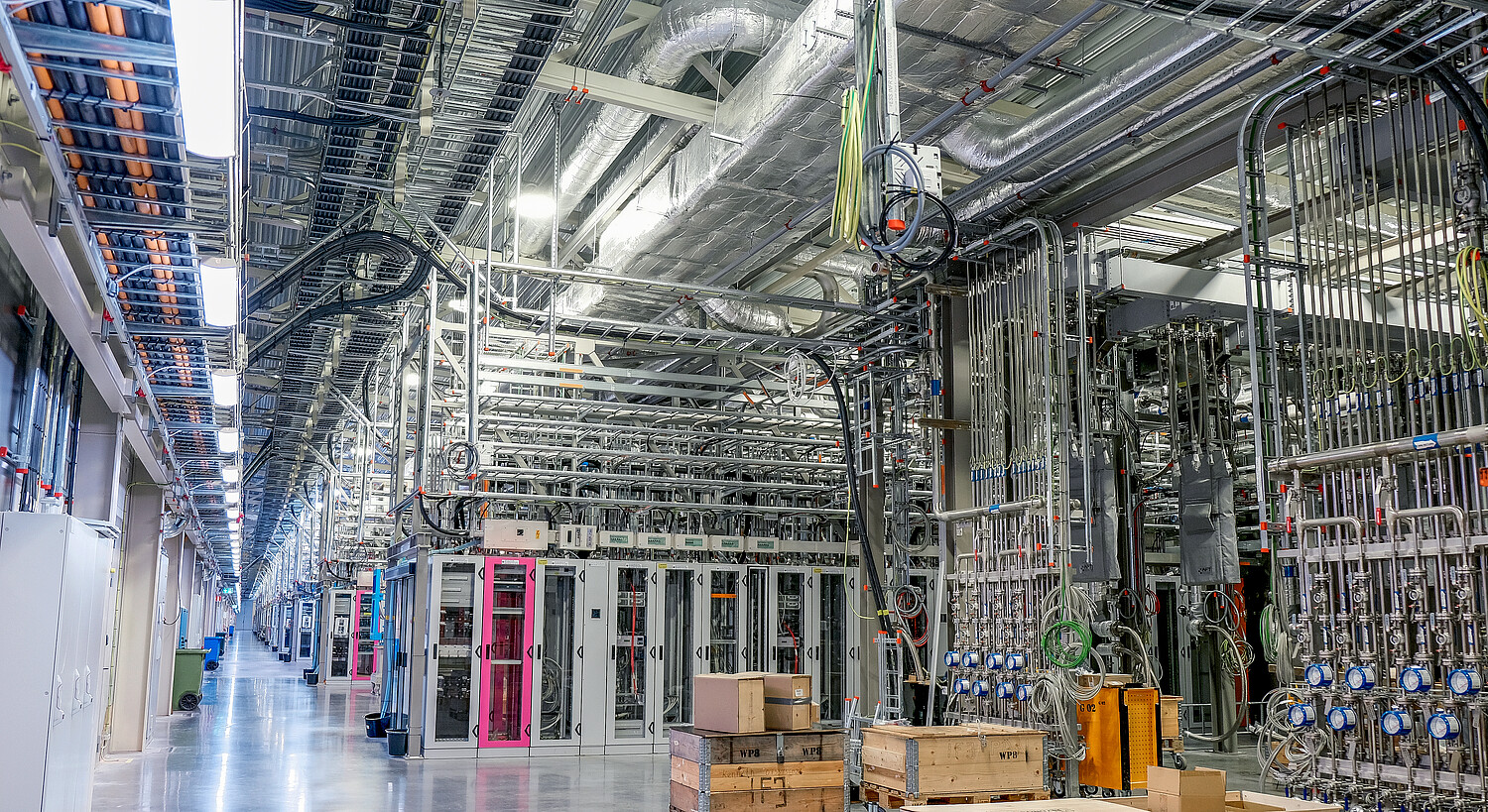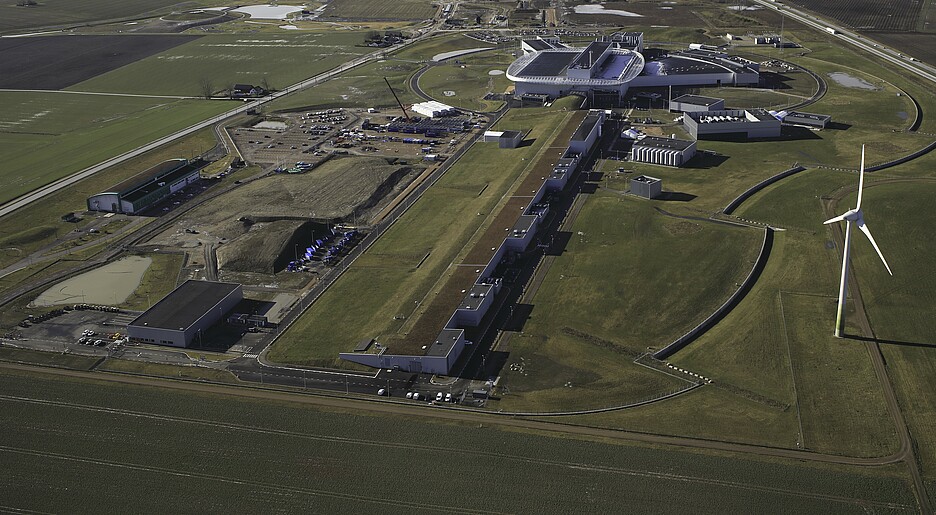
ZHAW researchers help develop the world’s most powerful neutron source
The European Spallation Source, which is set to be the world’s most powerful neutron source, is currently under construction in the Swedish city of Lund. The purpose of the large-scale research facility is to investigate material properties and processes at an atomic level in fields ranging from medicine and renewable energies to quantum computing.
The construction of the European Spallation Source (ESS) in the Swedish city of Lund commenced back in 2014. The research facility is a European Research Infrastructure Consortium (ERIC), which comprises eleven other European countries alongside Sweden and Switzerland. From Switzerland, in addition to the ZHAW, the Paul Scherrer Institute (PSI) is also significantly involved in the development of the ESS. The large-scale research facility is set to generate spallation neutrons for the first time in 2025. Scientists from many different research segments are hoping that the very intense and pulsed neutron beam will allow for material properties to be researched more efficiently. The applications range from the optimisation of hard drives and the investigation of structures within quantum computing to the further development of solar cells and the decoding of molecular structures. “The field of neutron physics is very interesting for scientists wanting to learn about the structure of materials. Neutrons penetrate denser materials better than X-rays, for instance, making it possible to analyse the internal structure of objects,” explains Christian Hilbes. The ZHAW researcher is Deputy Head of the Institute of Applied Mathematics and Physics (IAMP) and in performing his work delves into the area of safety-critical systems. “Our task in setting up the ESS was to develop the concept for the machine protection system as well as to realise specific sub-systems. We have also supported the ESS in the development of various personnel safety systems,” says Hilbes.
Proton beam must stop within a very short time

The 600-metre-long proton accelerator and the adjacent rotating neutron source have been developed especially for the ESS. Many of the accelerator’s components are elaborately made custom products. If the beam significantly changes properties such as dilation or direction, the protons can hit these components. These then react, for example with a rapid ageing process. Should the beam be misdirected, this can even result in a hole in the beam tube. “This can lead to damage that, under certain circumstances, may result in the system being shut down for an extended period, something that should be avoided at all costs,” explains Christian Hilbes. The machine protection system is tasked with responding before the system suffers any damage. The system also monitors countless parameters that are measured along the entire accelerator. If the parameters exceed specified tolerances, the beam is switched off within a very short space of time.
Fast Beam Interlock System is key
The challenge for the ZHAW team, which comprised ten researchers from the IAMP, lay in developing a concept for the ESS as to how the machine protection system and all its sub-systems should be structured. “From the very outset, we supported the ESS with all our broad expertise in this area,” says Christian Hilbes. It is imperative to respond extremely quickly to some of the events that can occur in the accelerator. The ZHAW team has developed the so-called Fast Beam Interlock System (FBIS) for this category of events. “The very specific requirements placed on the FBIS meant that this system has to be developed from scratch. There was no commercially available system that would have fulfilled the requirements, but rather only technical models of other accelerators that could be used as a basis,” says Hilbes. “The FBIS has to respond within tens to hundreds of microseconds. And it has to do so 24 hours a day, preferably without generating any false shutdowns,” explains Martin Rejzek, who is Deputy Head of the Safety-Critical Systems research area and responsible for the specification and development of the complete FBIS and its integration within the ESS architecture as part of the ESS project.
Involvement in the protection concept for ESS personnel
The ZHAW team also played a significant role in the design, realisation and verification of various ESS personnel safety systems. “As this is a matter of personal protection, with protection against radiation being the primary consideration, very stringent requirements issued by the authorities have to be adhered to in this area,” explains Christian Hilbes. These include release regulations, for example relating to the question of when a person is allowed to be in which area. The ZHAW assisted the ESS here in designing, developing and validating various personnel safety systems. Joanna Weng, who has a great deal of expertise in assessing functional safety, was chiefly involved here on the ZHAW side.
0 Comments
Be the First to Comment!